The Business Standard said that Vietnam's economy was devastated by a long and brutal war and it was understandable that the country struggled to overcome difficulties and recover economically. However, contrary to all speculation, Vietnam rose from the ashes thanks to political vision and the resilient will of its people.
Once known for images of pain and poverty, Vietnam has written one of the most promising economic success stories. Asia, from a war-ravaged agricultural economy, became a vibrant center of manufacturing, trade, and technology.
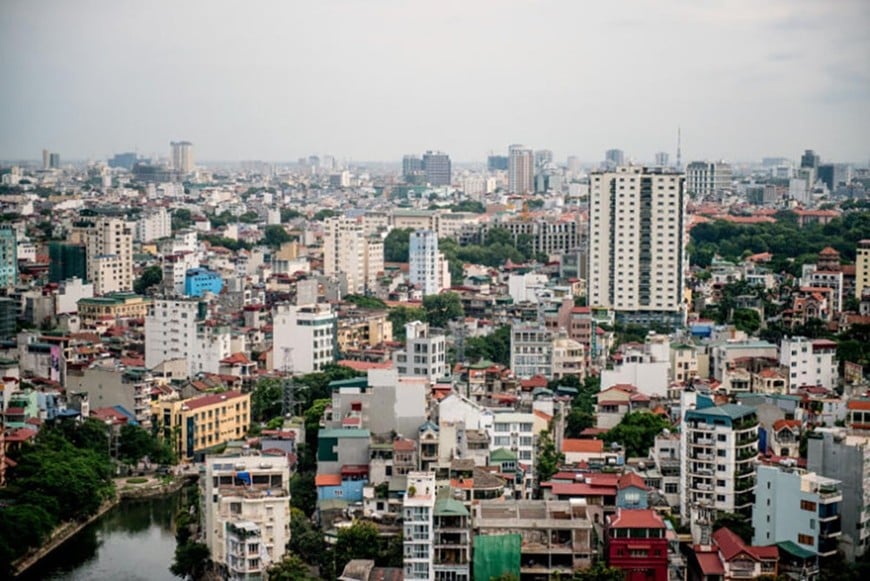
While many experts attribute the rise to political will, other factors such as pragmatic policymaking, global integration, demographic advantages and strategic decisions have also contributed significantly to Vietnam’s economic recovery. The International Monetary Fund (IMF) forecasts that Vietnam’s gross domestic product (GDP) in 2025 could reach $506 billion, ranking 33rd globally.
The Business Standard said that political stability played a key role in Vietnam's recovery process because when faced with post-war difficulties, Vietnam's political leaders showed composure by maintaining unity and implementing correct policies. The Communist Party of Vietnam is considered the vanguard of the Vietnamese people, a loyal representative of the interests of the working class, laborers and the entire nation.
"Vietnam has developed its political system in a very systematic way. The Communist Party of Vietnam has built a model of collective leadership within the party...", the newspaper quoted Altaf Parvez, a researcher of South Asian and Southeast Asian history.
The renovation also led to many changes in Vietnam, typically a significant increase in agricultural productivity, turning Vietnam from a rice importer into one of the world's leading rice exporters.
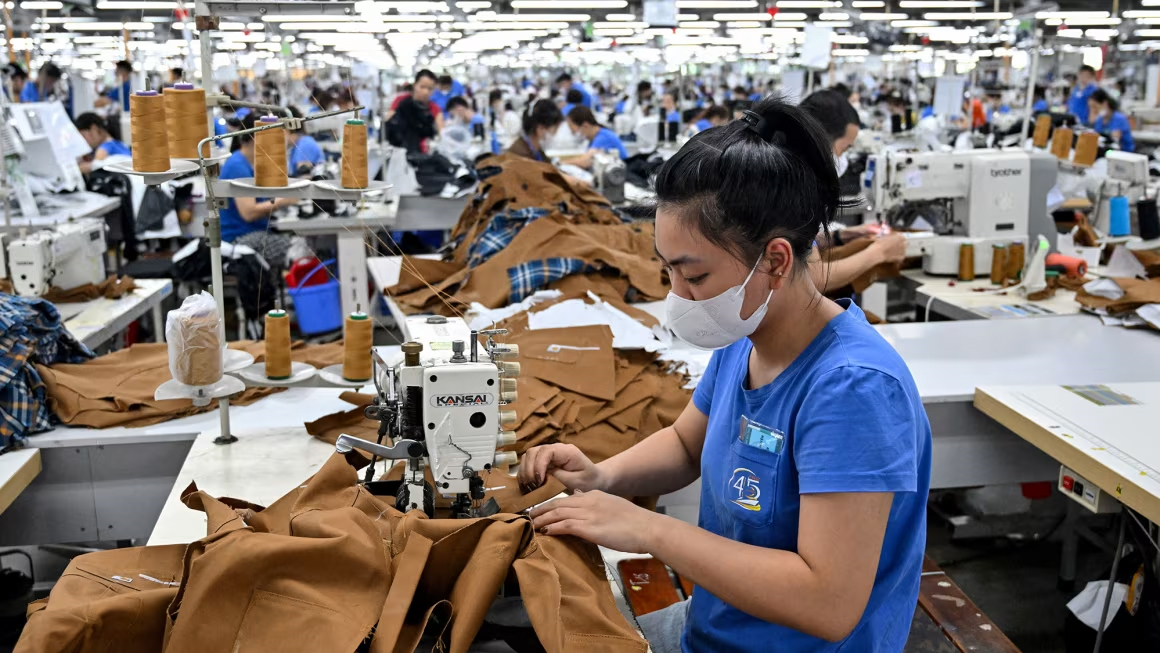
In addition, in the 1990s and early 2000s, Vietnam began its journey of economic integration with the rest of the world by normalizing relations with the United States, joining the Association of Southeast Asian Nations (ASEAN) in 1995, and becoming a member of the World Trade Organization (WTO) in 2007. Thanks to integration and trade liberalization, Vietnam attracted billions of dollars in foreign direct investment, leading to a return to growth in the following years.
Moreover, Vietnam has now strategically positioned itself as a manufacturing hub, one of the driving forces behind the economic boom. The Vietnamese government has offered attractive incentives and tax breaks to foreign companies, which has attracted investment from global companies. Over the years, Vietnam’s export portfolio has also been rapidly diversified, from simple textiles to electronics, machinery and high-tech products.
At the same time, Vietnam is benefiting from a relatively young population, which supports rapid industrialization. The government plays a key role in this process by continuously investing in education, especially in science, technology, engineering and mathematics (STEM), as well as adopting policies that are favorable to the development of the digital economy, focusing on updating economic policies.
“There is no denying that Vietnam is a shining example of economic resilience and a development success story,” The Business Standard concluded its article.
Source: https://baolangson.vn/suc-bat-kinh-te-va-cau-chuyen-phat-trien-thanh-cong-cua-viet-nam-5056867.html




![[Photo] General Secretary To Lam attends the 80th anniversary of Vietnam's diplomacy](https://vphoto.vietnam.vn/thumb/1200x675/vietnam/resource/IMAGE/2025/8/25/3dc715efdbf74937b6fe8072bac5cb30)


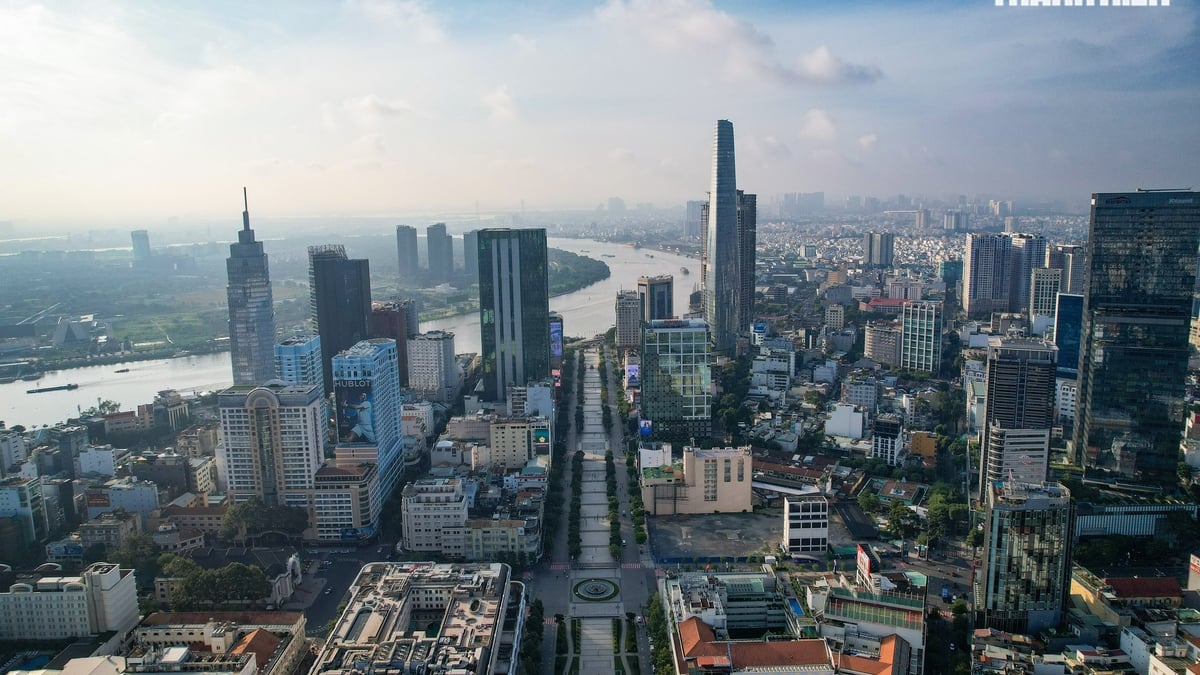





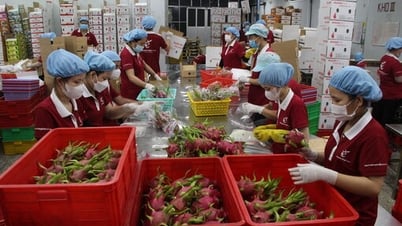



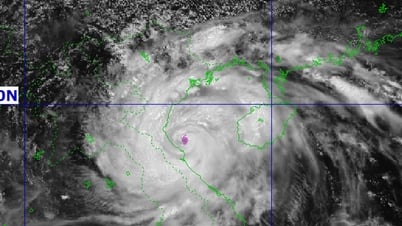

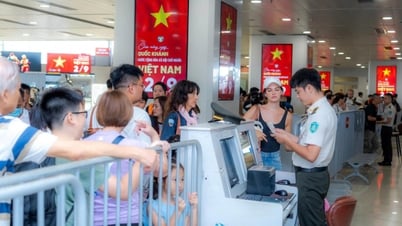







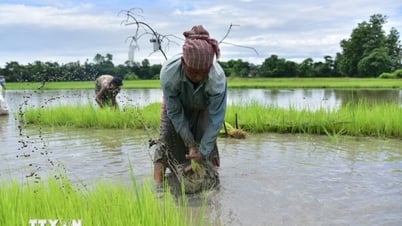




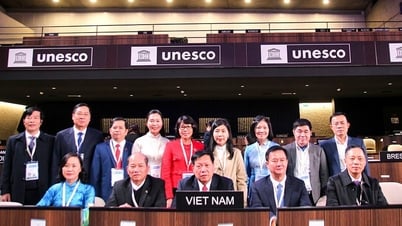
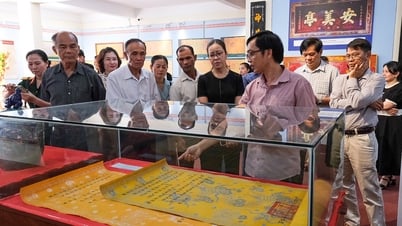

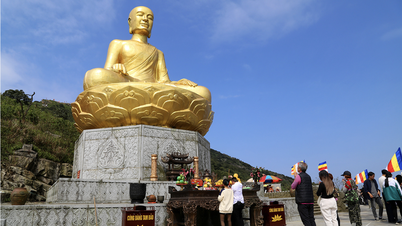











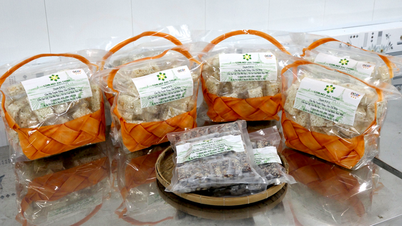



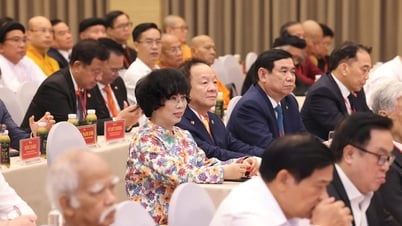




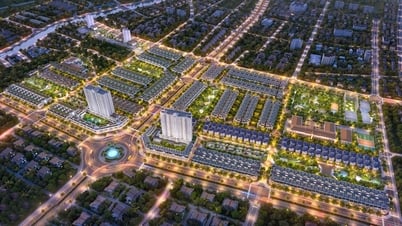

![[E-Magazine] Petrovietnam – Strong steps to realize the “Epochal Transformation”](https://vphoto.vietnam.vn/thumb/402x226/vietnam/resource/IMAGE/2025/8/25/e745baade70f4e1e96f5314f65eac658)





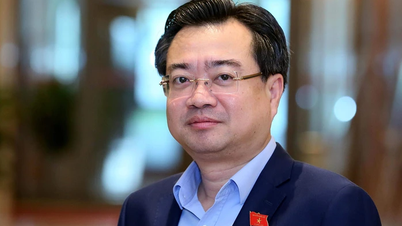



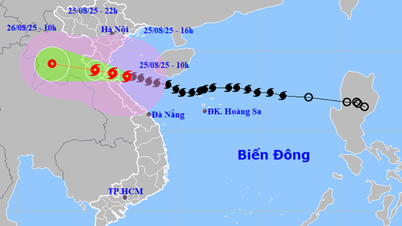

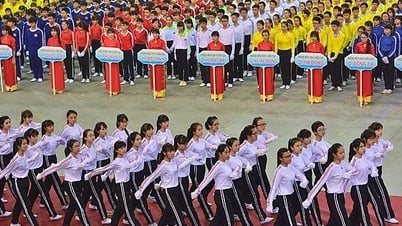

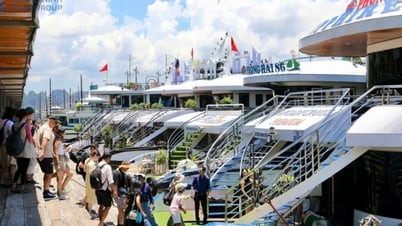




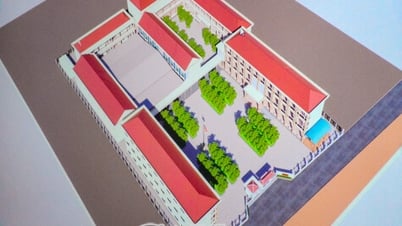









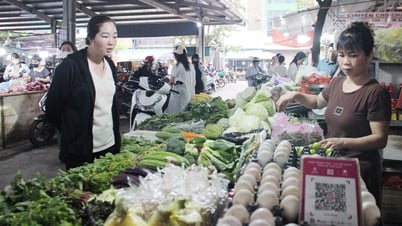






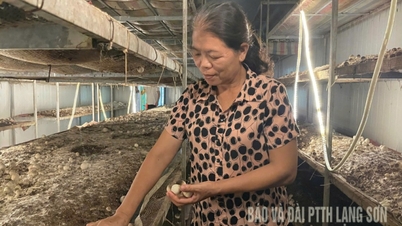





Comment (0)